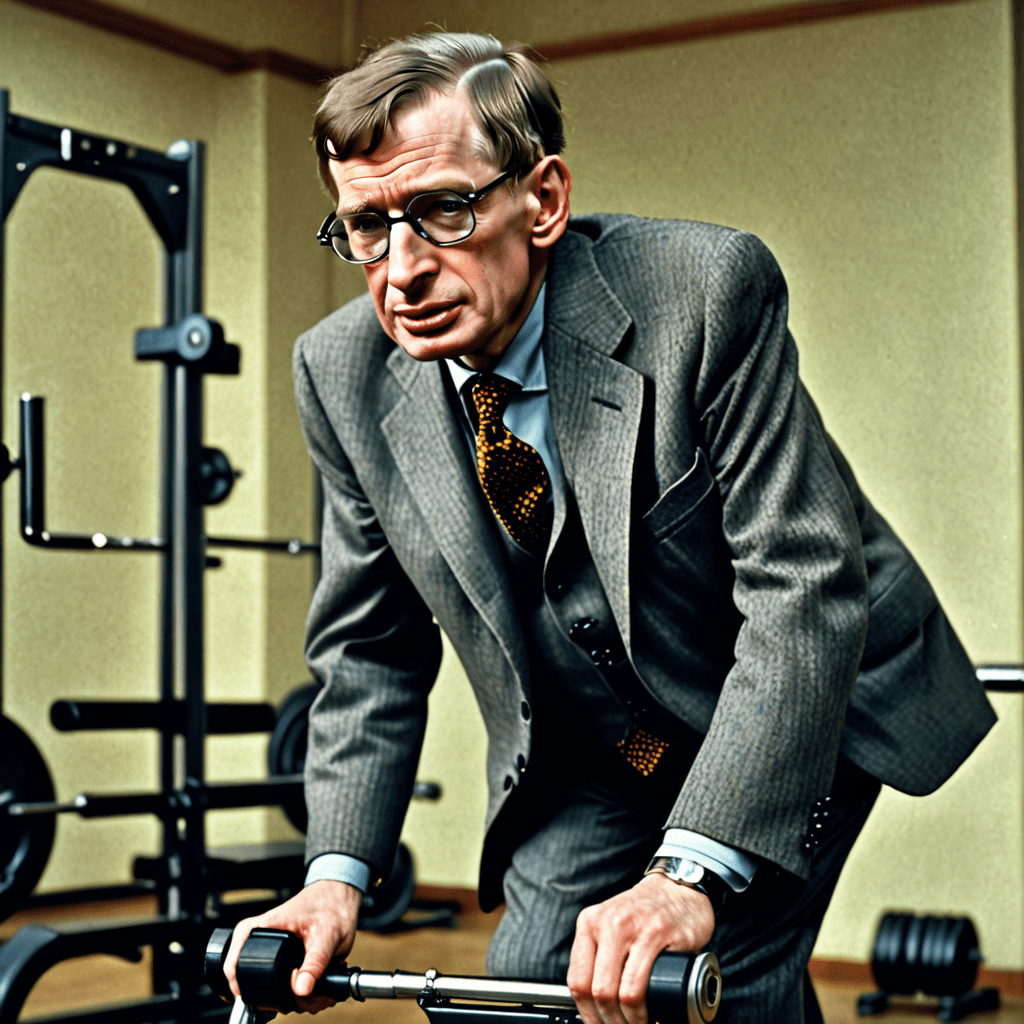Cardiovascular Exercises for Enhanced Caloric Burn
1. Introduction: The Importance of Caloric Expenditure
Maintaining a healthy weight and overall well-being requires effective caloric expenditure. Cardiovascular exercises are a crucial aspect of any fitness regimen, offering numerous benefits, including enhanced caloric burn. This article explores various cardiovascular exercises that effectively target calorie expenditure, helping you reach your fitness goals.
2. Types of Cardiovascular Exercises for Calorie Burn
Cardiovascular exercises encompass a wide range of activities that elevate your heart rate and promote efficient calorie burn. These exercises fall into two primary categories: aerobic and anaerobic. Aerobic exercises utilize oxygen to fuel activity, while anaerobic exercises rely on stored energy sources. Both types provide significant caloric expenditure, and their effectiveness can vary depending on factors such as intensity, duration, and frequency.
3. Running and Jogging: Versatile and High-Impact
Running and jogging are classic cardiovascular exercises that deliver a substantial caloric burn. These high-impact exercises engage major muscle groups, including the legs, glutes, and core. Running and jogging can be performed at varying intensities and durations, allowing individuals to adjust the challenge level based on their fitness abilities.
4. Swimming: Low-Impact and Full-Body
Swimming offers a low-impact alternative to high-impact exercises like running. It is an excellent full-body workout that engages numerous muscle groups, including those in the legs, arms, back, and core. The buoyancy of water supports the body, reducing stress on joints while allowing for a wide range of motion. Swimming provides a challenging cardiovascular exercise suitable for individuals of various fitness levels.
5. Cycling: A Dynamic and Joint-Friendly Option
Cycling is a dynamic and joint-friendly cardiovascular exercise that can be enjoyed both indoors and outdoors. It involves propelling a bicycle, which engages the legs and core muscles. Cycling offers a low-impact alternative to running, making it a suitable option for individuals with joint pain or injuries. The intensity of cycling can be adjusted by altering gear resistance and terrain, allowing for a customizable workout.
6. Elliptical Training: A Low-Impact, Total-Body Workout
Elliptical training machines provide a low-impact cardiovascular exercise that simulates running or walking without putting undue stress on joints. It engages the legs, arms, back, and core muscles, offering a full-body workout. Elliptical trainers typically offer various resistance levels, allowing users to customize the intensity of their workout. This makes it an appealing choice for individuals with limited mobility or joint pain.
7. Stair Climbing: A Powerful Burner for Glutes and Core
Stair climbing is an effective cardiovascular exercise that targets the glutes, quadriceps, and core muscles. It involves ascending and descending stairs, which can be performed at varying speeds and intensities. Stair climbing is a challenging but rewarding exercise that can significantly elevate heart rate and calorie burn.
8. Burpees: A High-Intensity Metabolic Exercise
Burpees are a full-body metabolic exercise that combines cardiovascular and strength training. They engage multiple muscle groups, including the legs, chest, back, and arms. Burpees are a highly effective way to burn calories due to their high intensity and dynamic nature.
9. Jumping Rope: A Fast and Fun Belly Melter
Jumping rope is a fast-paced and fun cardiovascular exercise that is excellent for burning belly fat. It involves jumping over a rope that is swung rhythmically. Jumping rope engages the legs, arms, and core, providing a full-body workout.
10. HIIT Workouts: Intense Bursts for Maximum Burn
High-Intensity Interval Training (HIIT) workouts involve alternating short bursts of intense exercise with brief periods of rest or low-intensity activity. HIIT workouts elevate heart rate and calorie burn in a shorter amount of time compared to traditional steady-state cardio. They are an effective way to maximize caloric expenditure and improve fitness levels.
Frequently Asked Questions (FAQ)
1. How much cardiovascular exercise should I do?
It is recommended to engage in at least 150 minutes of moderate-intensity cardiovascular activity or 75 minutes of vigorous-intensity cardiovascular activity per week.
2. What type of cardiovascular exercise is best for me?
The best cardiovascular exercise is the one that you enjoy and can stick to consistently. Consider your fitness abilities, preferences, and any potential health limitations.
3. Can cardiovascular exercise help me lose weight?
Yes, cardiovascular exercise can be an effective tool for weight loss when combined with a healthy diet. Calorie burn can contribute to creating a calorie deficit necessary for weight loss.
4. How long does it take to see results from cardiovascular exercise?
Visible results from cardiovascular exercise typically take several weeks to months of consistent effort. Patience, persistence, and a well-rounded fitness plan are key to achieving long-term results.
5. What is the difference between aerobic and anaerobic cardiovascular exercise?
Aerobic exercises utilize oxygen to fuel activity, while anaerobic exercises rely on stored energy sources. Both types can elevate heart rate and burn calories, but anaerobic exercises typically result in more muscle fatigu


